The Further tales of
Extraits

Non classé
Black Sheep, Red Herrings, and Blue Murder
02/1993
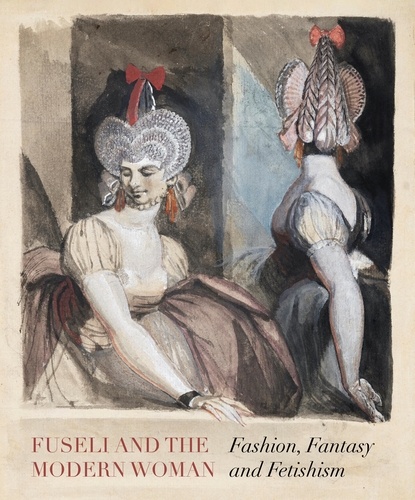
Monographies
Fuseli and the Modern Woman. Fashion, Fantasy, Fetishism
12/2022
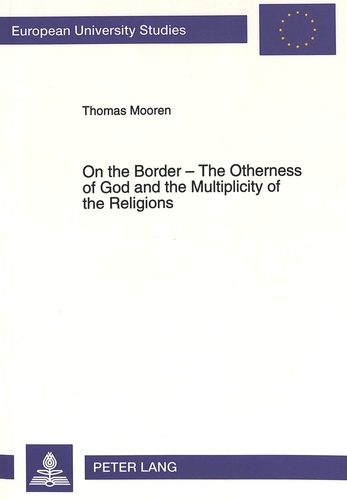
Histoire internationale
On the Border - The Otherness of God and the Multiplicity of the Religions
01/1994

Littérature française
The Creepy Tale Of PAPA TEQUILA (Y Los Amantes Malditos)
10/2019
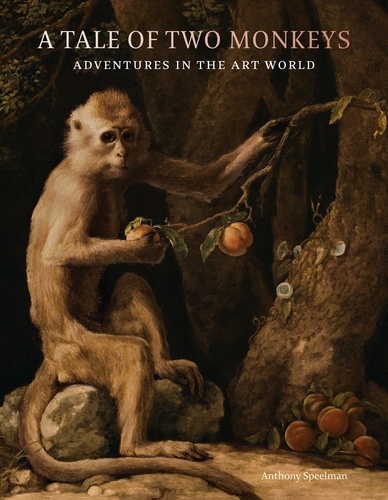
Monographies
A Tale of Two Monkeys. Adventures in the Art World
12/2022
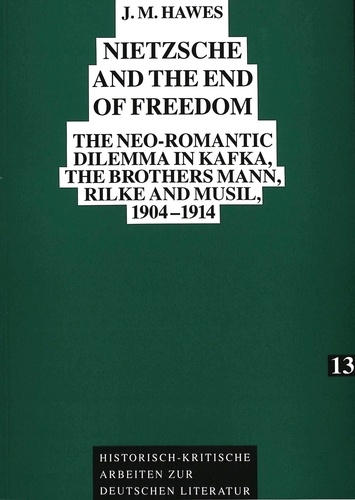
Non classé
Nietzsche and the End of Freedom
07/1993
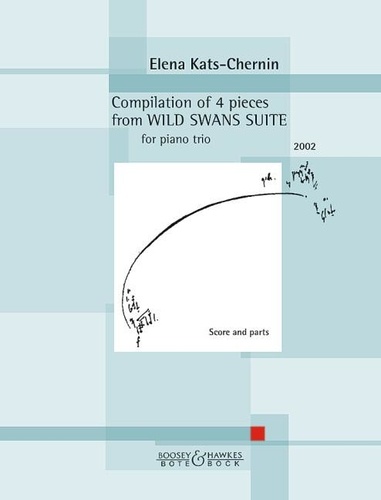
Instruments de musique
Compilation of 4 pieces from "Wild Swans Suite". for piano trio. piano trio. Partition et parties.
05/2023

Histoire et Philosophiesophie
The Undergrowth of Science. Delusion, self-deception and human frailty
01/2000
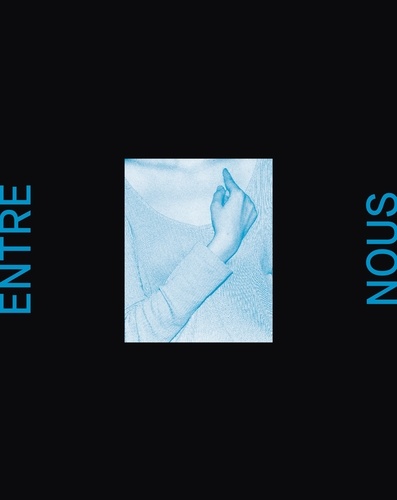
Thèmes photo
Stable Vices. Edition bilingue français-anglais
02/2023
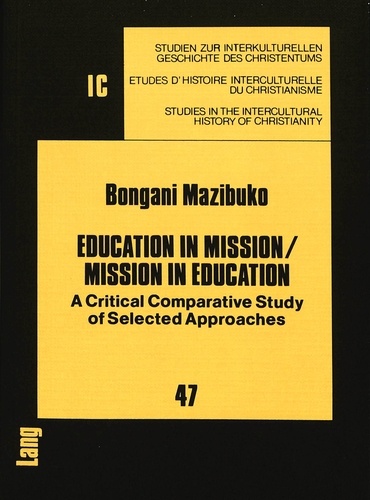
Religion
Education in Mission / Mission in Education
10/1987
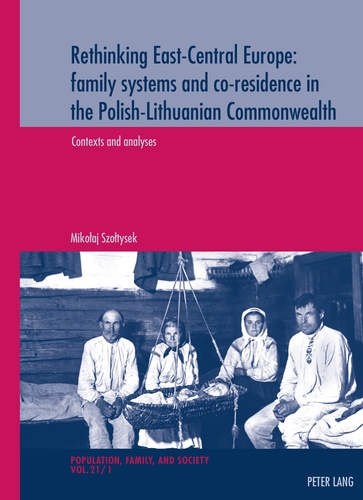
Non classé
Rethinking East-Central Europe: family systems and co-residence in the Polish-Lithuanian Commonwealth
01/2016

Physique, chimie
Neutron Physics
09/2008

Philosophie
Classical Judaism: Torah, Learning, Virtue
09/1993

Religion
Classical Judaism: Torah, Learning, Virtue
09/1993

Non classé
Classical Judaism: Torah, Learning, Virtue
10/1993

Histoire et Philosophiesophie
Thinking about Physics
01/2000
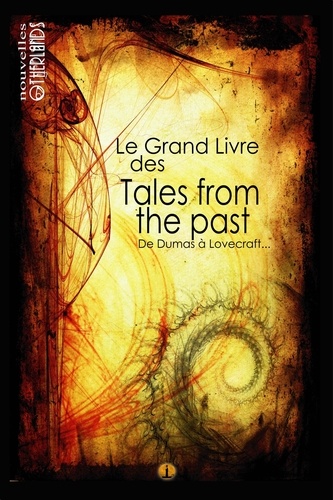
Science-fiction
Le grand livre des Tales from the past
12/2018
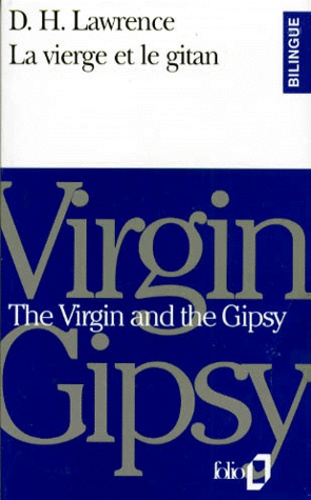
Anglais apprentissage
LA VIERGE ET LE GITAN : THE VIRGIN AND THE GIPSY
02/1993
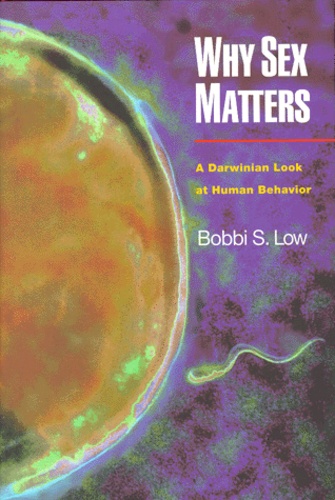
Histoire et Philosophiesophie
WHY SEX MATTERS. A Darwinian Look at Human Behavior
01/2000
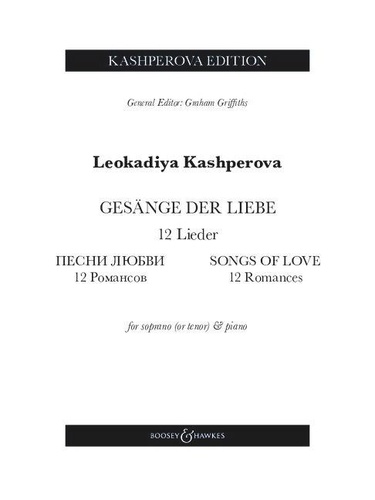
Musique classique
Songs of Love. 12 Romances. 12 Lieder. Soprano (tenor) and piano.
12/2023

Tourisme étranger
Moroccan tracks Volume 11. The sagho djebel
08/2022
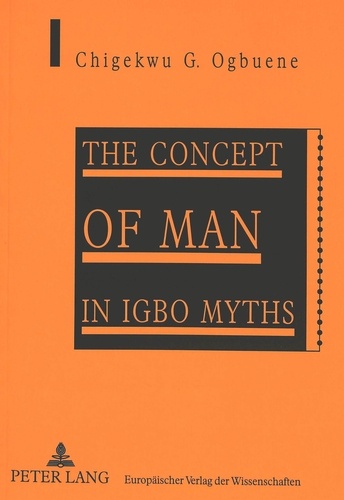
Non classé
The Concept of Man in Igbo Myths
11/1999

Histoire internationale
National Socialism in Oceania
04/2010
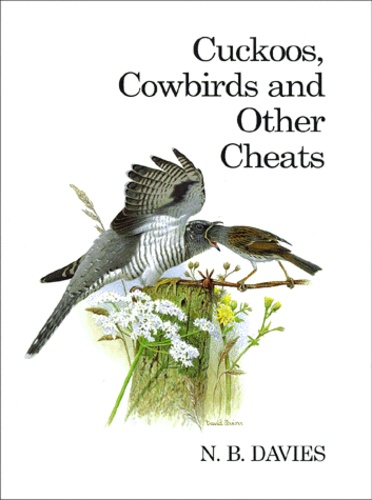
Sciences de la terre et de la
Cuckoos, Cowbirds and Other Cheats
04/2000
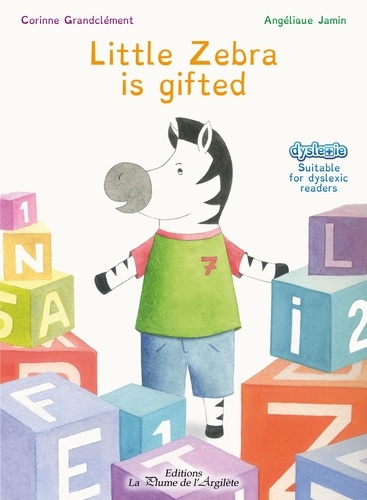
Livres 3 ans et +
Little Zebra is gifted
05/2015
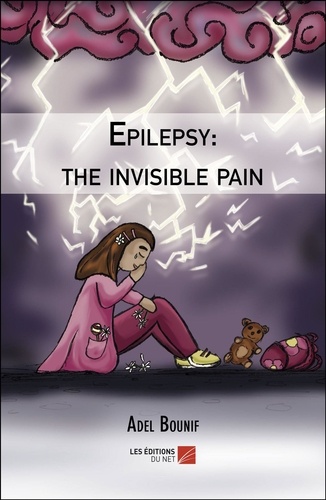
Poésie
Epilepsy: the invisible pain
01/2019
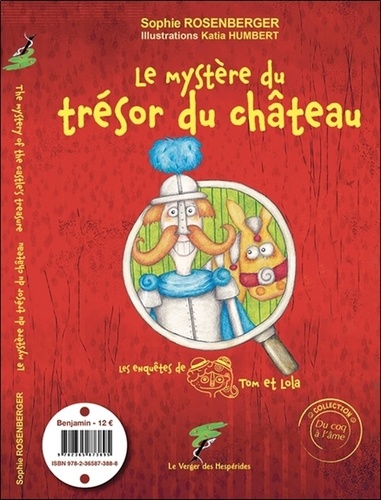
Autres collections (9 à 12 ans
Les enquêtes de Tom et Lola : Le mystère du trésor du château. Edition bilingue français-anglais
11/2021

Manhua
Tales Of Demons And Gods Tome 18
12/2022

Autres langues
Japanese for busy people I. Revised edition
01/1994
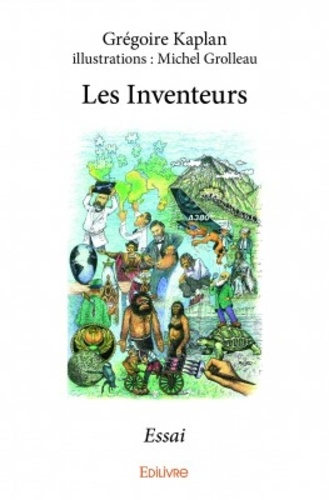
Littérature française
Les inventeurs. Essai
02/2017

